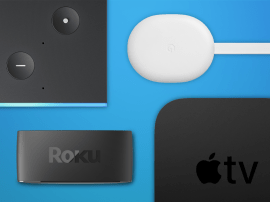Nintendo Switch 2 vs Switch OLED vs original Switch: which should you buy?
Nintendo's Switch 2 was just unveiled in full, but how does it stack up to the handheld console's predecessors? Here's what you need to know
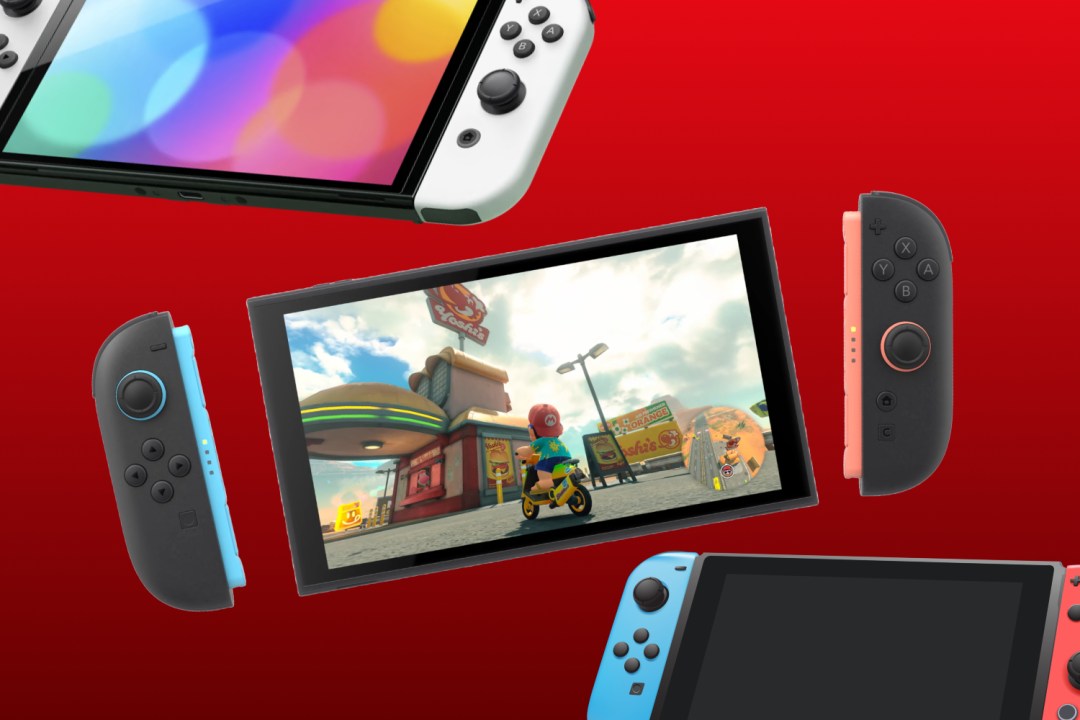
Nintendo’s handheld gaming machine changed the industry when the original Switch launched in 2017, and now it’s finally getting the next-gen upgrade fans have been waiting for. But with the new Nintendo Switch 2 joining the existing Switch OLED and original Switch on store shelves, picking the right one isn’t quite so easy.
Whether you’re a newcomer looking for your first taste of Mario Kart mayhem, or a long-time fan weighing up whether it’s finally time to upgrade, we’ve broken down how all three consoles compare – from design and display tech, to battery life and storage. Here’s what you need to know. While we have reviewed the Nintendo Switch and Switch OLED, we haven’t got our hands on the Switch 2 yet so we will focus on the spec sheet.
Design: Bigger, sleeker, and sturdier
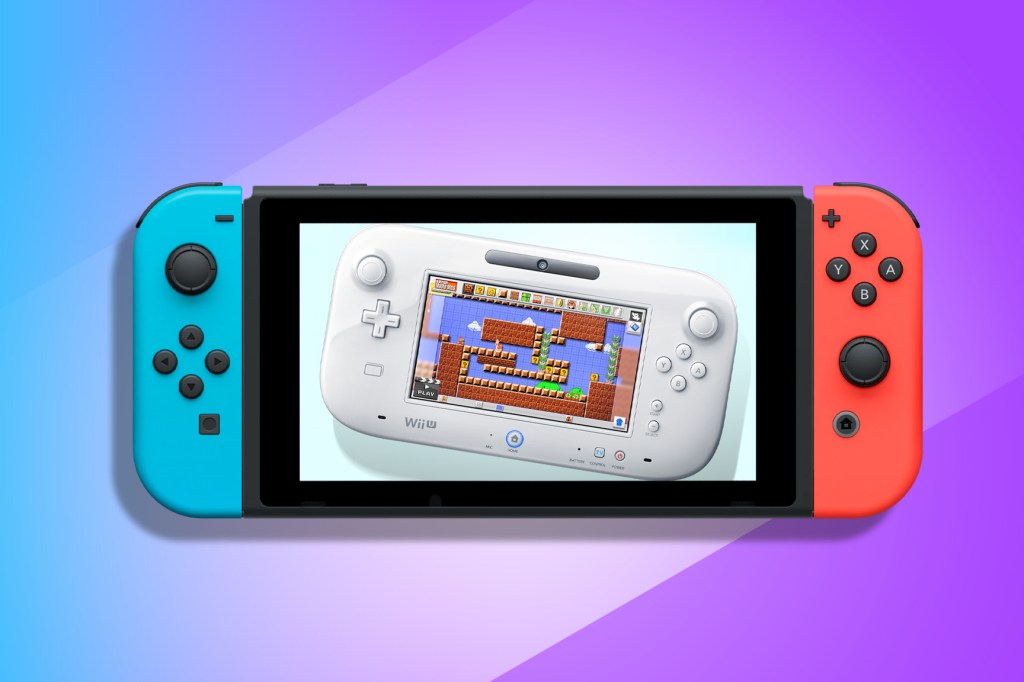
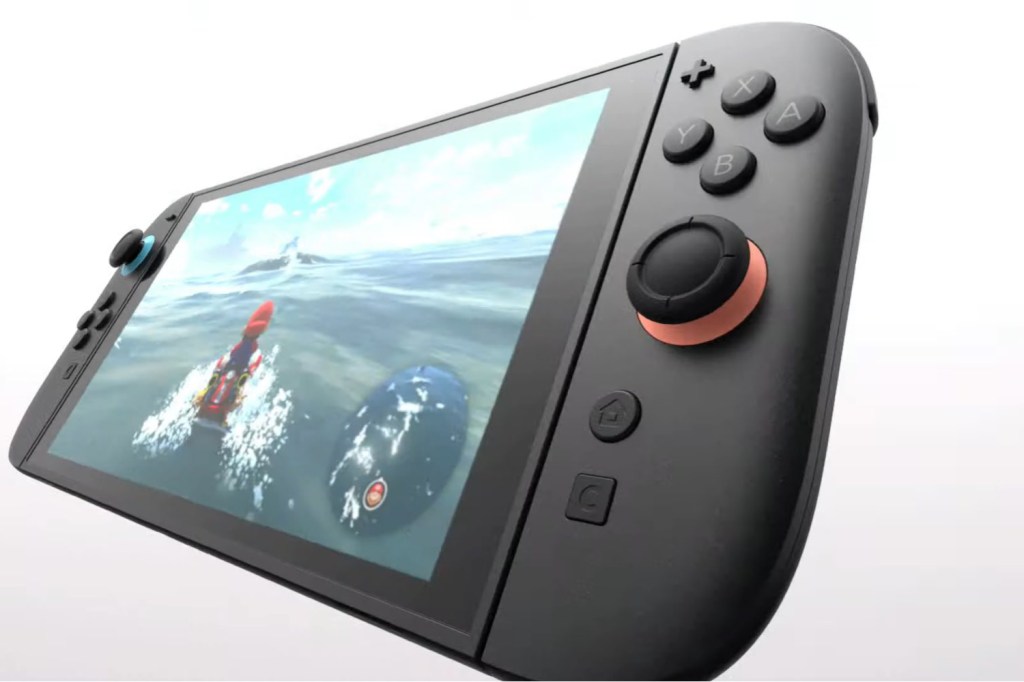
All three Switch models share the same fundamental design DNA: a handheld-first hybrid console that lets you dock into your TV set-up when needed. But with each iteration, Nintendo has refined the formula.
The original Nintendo Switch arrived in 2017 with a 6.2in LCD display and a kickstand that could best be described as flimsy. Detachable Joy-Cons and a robust docking system made it revolutionary, but time has exposed some hardware shortcomings – namely build quality and display size.
The Switch OLED took that foundation and refined it. It shrunk the bezels to increase screen size to 7in, added a vastly improved kickstand that runs the full width of the console, and gave the dock a soft-touch makeover with an integrated LAN port. It still shares many of the same dimensions and controls as the original. However, its materials and presentation feel more premium, and its marginal weight increase (420g with Joy-Cons) doesn’t make a big impact on handheld play.
Now, we have the Nintendo Switch 2, which expands on that even further. Measuring in at 7.9 inches, it’s the largest Switch yet, but manages to keep its thickness in line with previous versions. The redesign introduces a more robust frame, subtle ergonomic tweaks, and a far sturdier magnetic mounting system for the new Joy-Con 2. The console houses dual USB-C ports, an upgraded cooling system with an onboard fan, and a sturdier, multi-angle kickstand that’s leagues ahead of even the OLED’s. The glossy trim and more pronounced curves give it a sleeker look, and it’s noticeably quieter thanks to smarter thermal management.
It’s a clear design win for the Switch 2, though some may find the OLED’s slimmer feel a bit more comfortable for extended handheld sessions.
Display & audio: OLED magic or bigger and brighter?

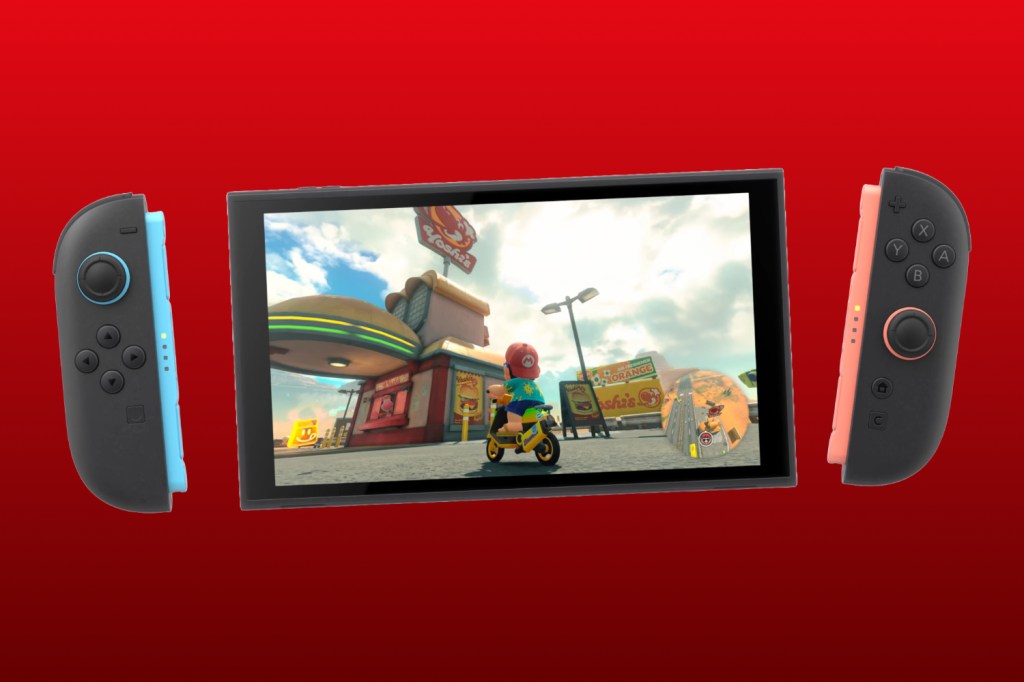
Display quality is where things start to really diverge. The original Switch sports a 6.2in 720p LCD panel. In 2017, that was perfectly serviceable, but by today’s standards it looks a little dim and washed out. Colours lack punch, and while Nintendo’s art direction carries a lot of the visual weight, the screen doesn’t flatter modern games.
The Switch OLED addressed all of that. Its 7in OLED panel brings deep blacks, higher contrast, and vivid colour reproduction. It’s the best display Nintendo has ever fitted to a handheld and makes everything from Mario Kart to Metroid look noticeably better. Sound got a bump too, with upgraded speakers that are clearer and louder than the original’s.
The Switch 2, however, moves in a different direction. It upgrades to a 1080p panel with HDR support and a 120Hz refresh rate, making it the most responsive and high-res screen of the three. But, it is an LCD display rather than an OLED, which is probably going to irk some fans of the handheld console. I also suspect this means we can expect a Switch 2 OLED.
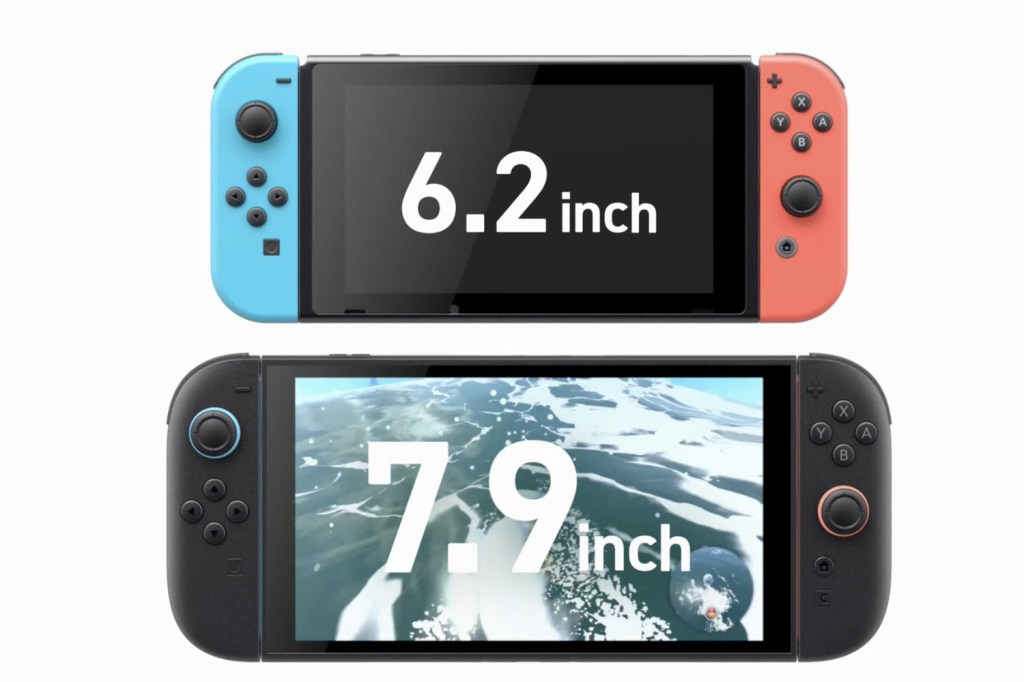
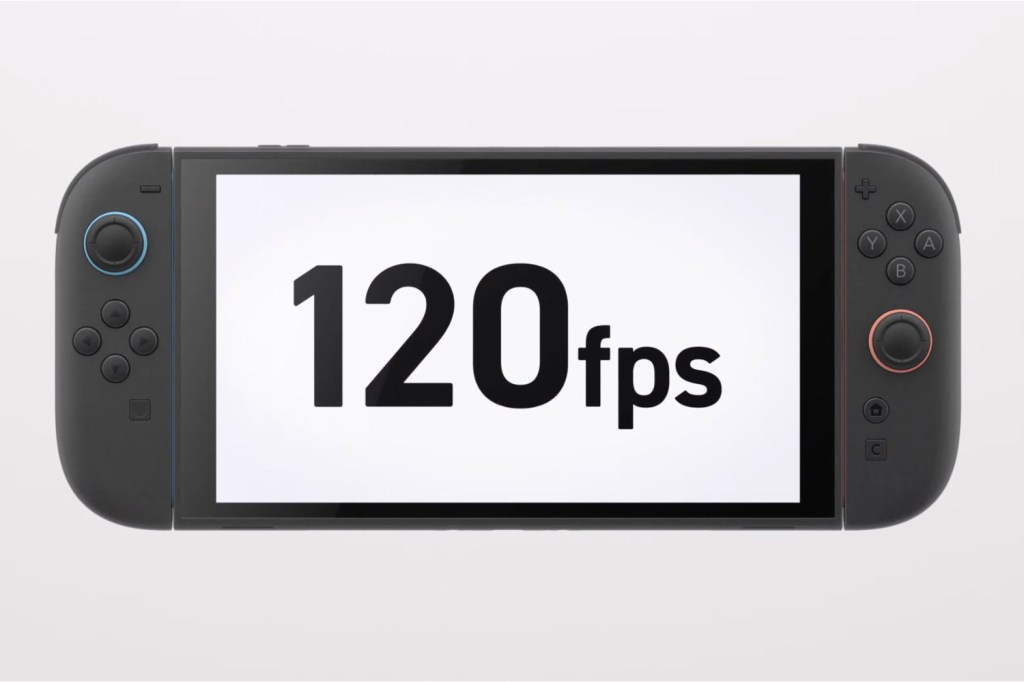
While the LCD screen can’t match the Switch OLED’s contrast levels, it gets significantly brighter. This is a big win for outdoor or on-the-go play. The increased pixel density ensures games look sharp despite the larger size, and frame rates feel smoother thanks to that adaptive 120Hz support.
Nintendo has also made a play for improved audio. The Switch 2’s front-firing speakers offer improved clarity, and there’s support for 3D audio via compatible headphones or setups. Built-in voice mic support means audio isn’t just for listening now—it’s part of the new gameplay and communication toolkit too.
Performance: Big differences
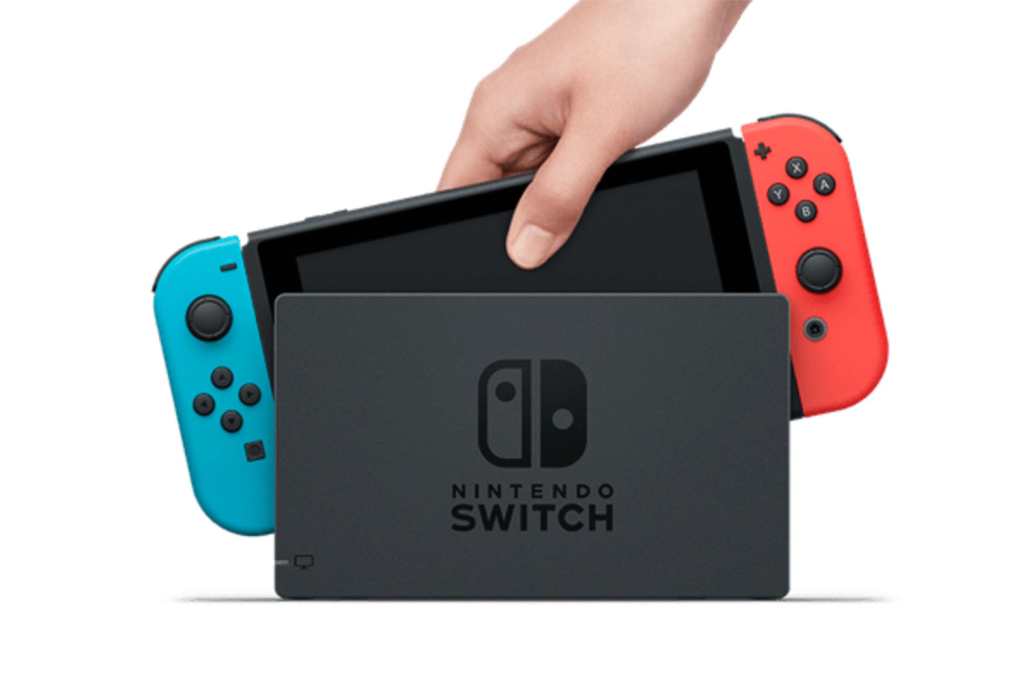
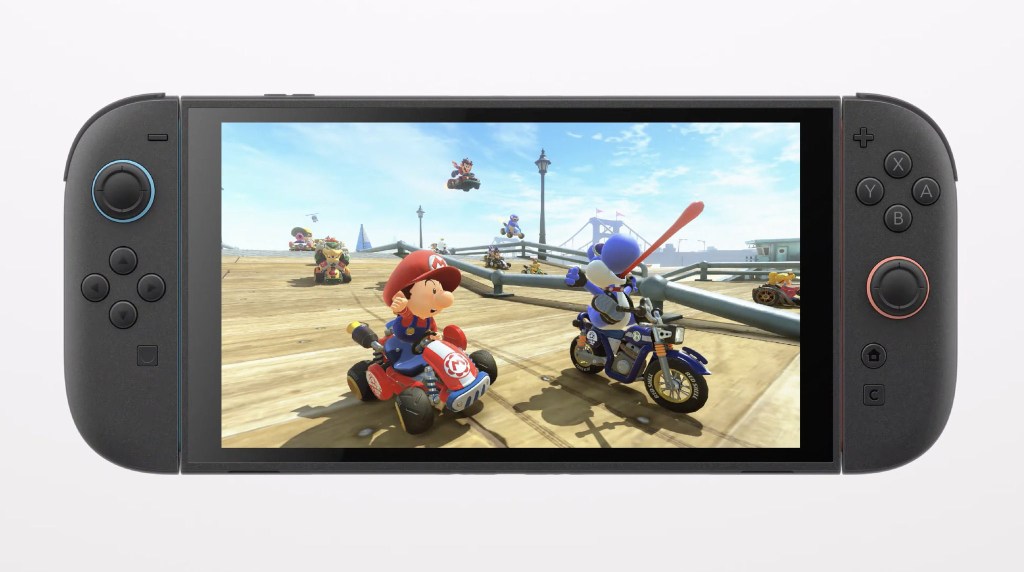
All three consoles run on a variant of Nvidia’s Tegra architecture, but the specifics differ significantly.
The original Switch and the OLED model are powered by the same Tegra X1 chipset with 4GB of RAM. This gets the job done, but games like The Witcher 3 or Pokémon Scarlet/Violet show the strain, especially in docked mode. Frame rate dips, long load times and low-resolution textures can spoil an otherwise smooth gameplay experience.
The Nintendo Switch 2 steps things up dramatically with a new custom Nvidia chip, more RAM (expected to be around 12GB), and an internal architecture capable of delivering up to 120Hz gameplay on its handheld display and 4K output when docked. It’s still not quite on the level of a PS5 or Xbox Series X, but it’s closer than Nintendo has ever been. The new silicon also unlocks smoother performance in open-world games, better battery optimisation, and more responsive AI and animation systems.
This means third-party ports will now fare far better, and Nintendo’s first-party titles are set to reach new heights in scale and fidelity. For handheld-only players, the performance gains may be overkill, but for those switching often between docked and portable play, it’s a game-changer.
Deck & controllers: Joy-Con evolution


The original Joy-Con design was clever – modular, motion-enabled, multiplayer-ready out of the box, but not without its issues. Drift problems plagued early units, and the small size wasn’t ideal for everyone.
With the OLED model, Nintendo kept the same controller design and layout. No changes were made to the Joy-Cons, although they were offered in a new white colourway. The dock received a nice facelift and added Ethernet, but it didn’t reinvent the wheel.
The Nintendo Switch 2 introduces the Joy-Con 2 controllers, which feel like the first true evolution. They attach magnetically instead of sliding in on rails, and feature improved sticks, larger buttons, and new inputs like the C button, which can trigger voice chat and other smart functions. A new mouse-control mode expands the kind of games Nintendo can support, like strategy titles or even PC ports.
The GameChat feature adds a whole new layer, with voice input via the Switch 2’s built-in mic, plus camera and screen-sharing capabilities for friends. It’s the most social Switch yet, and it positions Nintendo to go toe-to-toe with modern online ecosystems.
The dock also now has an active cooling system with a built-in fan and better port access, including two USB-C ports for accessories or power. When using the dock, you can play games at up to 4K resolution at 60fps, depending on your TV. This is easily the most versatile and future-proof Switch setup so far.
Battery life & storage: More power, more play
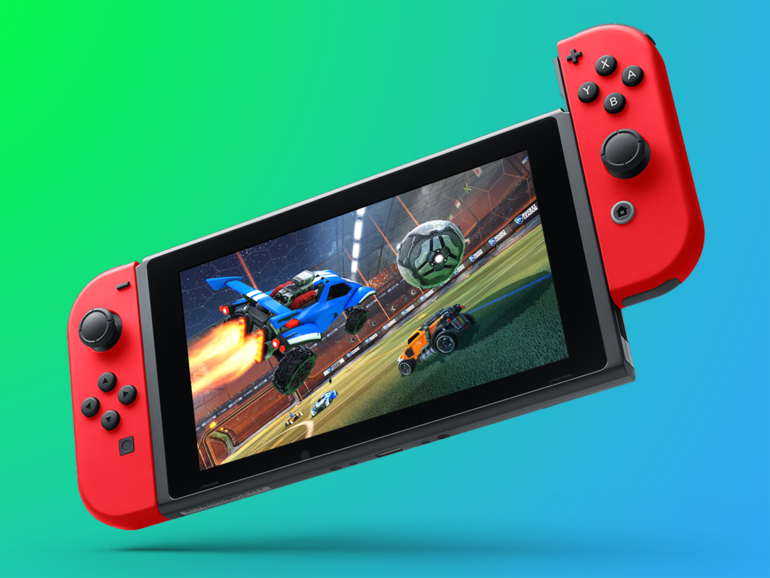

Battery life on the original Switch was always a bit of a sticking point. It could last between 2.5 and 6 hours depending on the game, with the 2019 refresh improving that marginally. The OLED model made some small efficiency gains but didn’t extend the stated battery range beyond the 4.5–9 hour window.
The Nintendo Switch 2, with a more efficient processor and smarter power management, is expected to match or slightly exceed those figures. But what matters more here is how it handles heat and performance under load, which the new active cooling helps manage more effectively. So even when pushing high-end games, it’s less likely to throttle or dip in frame rate.
Storage has seen the biggest leap. While both the original and OLED Switch come with just 32GB and 64GB respectively, the Switch 2 packs in a roomy 256GB by default – finally catching up to modern standards. With game installs regularly crossing 20–30GB, and new social features demanding more space, it’s a much-needed update. As ever, all models support microSD cards, but it’s nice not to rely on one from day one.
Verdict: Which Nintendo Switch should you buy in 2025?

Each Switch offers a different proposition. The original Switch remains the budget-friendly gateway to Nintendo’s fantastic library, but its ageing hardware and screen feel like compromises in 2025. The OLED model is still a fantastic middle ground, with its gorgeous display, upgraded kickstand, and enhanced audio making it the best version of the original experience.
But the Nintendo Switch 2? It’s a leap forward. Between the improved screen, upgraded internals, social and voice features, and refined Joy-Cons, this is the definitive Switch experience for anyone serious about gaming in both handheld and docked modes. The increased $450 price is justified, especially with 256GB of storage and 120Hz support in the mix.
If you’re buying a Switch for the first time, or ready to fully commit to Nintendo’s hybrid vision for the next generation, the Switch 2 is the one to get. The OLED model still has its place, particularly if you’re mostly a handheld gamer and want the deepest blacks and most vibrant visuals. But for the best overall experience? The Switch 2 earns its crown, and is available to pre-order from 9 April, and arrives on 5 June.
